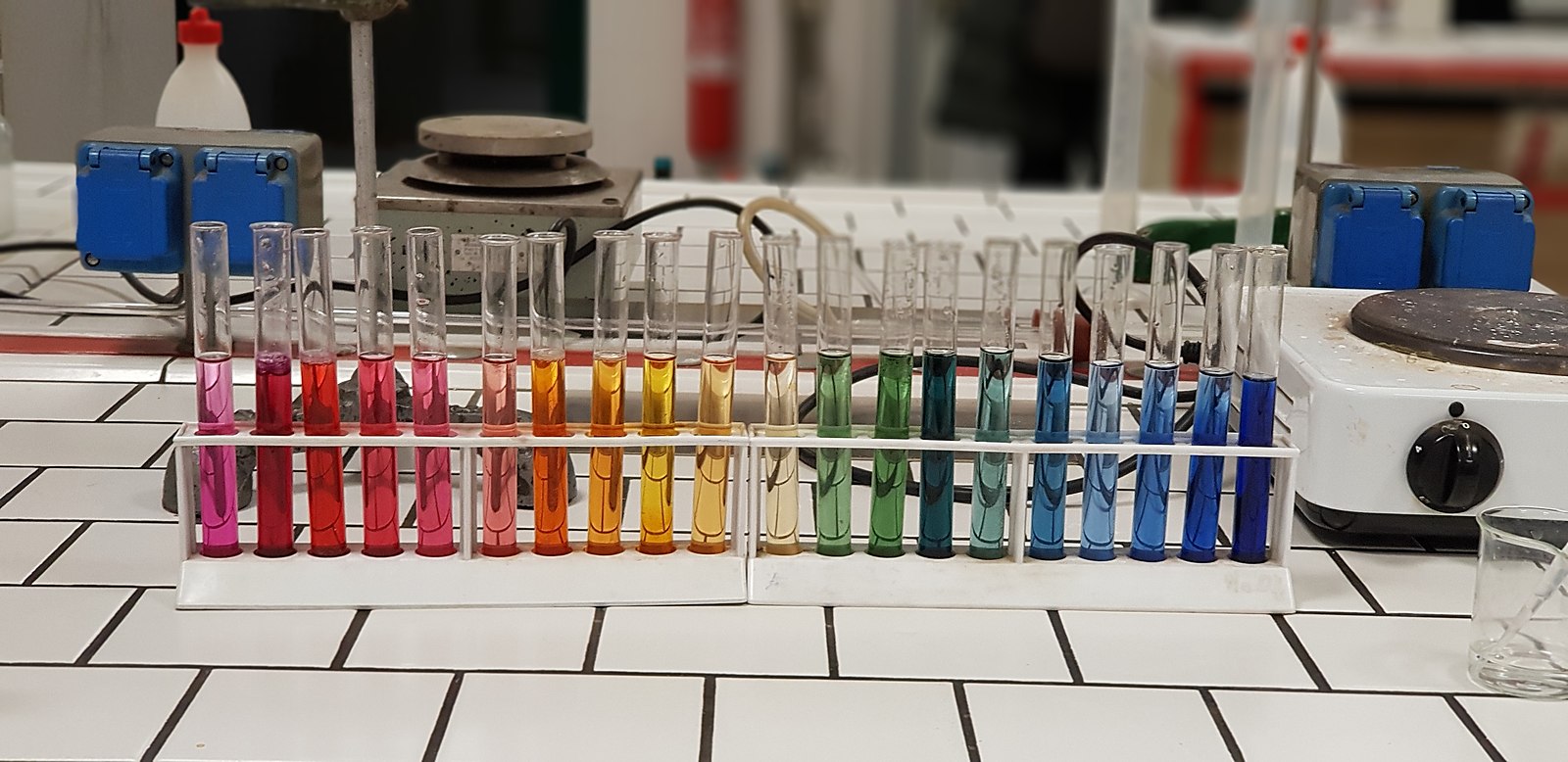The pH value of outgassed water is a crucial factor that can significantly impact its quality, taste, and overall usability. When water is exposed to carbon dioxide in the atmosphere, it can result in the formation of carbonic acid, leading to a decrease in the pH value. Understanding the factors that influence the pH of outgassed water and implementing appropriate water treatment methods are essential for ensuring the safety and enjoyment of this valuable resource.
Understanding the pH of Outgassed Water
The pH value of pure water at 25°C is 7, which is considered neutral. However, when water is exposed to carbon dioxide in the atmosphere, the equilibrium reaction leads to the formation of carbonic acid, resulting in a pH of approximately 5.2. This acidic nature of outgassed water can have several implications, including:
- Taste and Aesthetics: The low pH of outgassed water can give it a sour or metallic taste, making it less appealing for drinking and other domestic uses.
- Corrosiveness: Acidic water can be corrosive, leading to the leaching of toxic metals from pipes and fixtures, which can pose health risks and cause aesthetic problems, such as discoloration and staining.
- Scale Formation: Outgassed water with a low pH can also contribute to the formation of scale, which can clog pipes, reduce water flow, and damage appliances.
Balancing the pH of Outgassed Water
To maintain the optimal pH of outgassed water, DIY users can employ various methods, including:
Neutralization with Soda Ash
One common approach is to use soda ash (sodium carbonate, Na₂CO₃) to increase the pH of acidic outgassed water. This method is effective in preventing the water from reacting with metal piping and fixtures, thereby reducing the risk of leaching toxic metals and causing aesthetic problems. However, it is important to note that neutralizing with soda ash increases the sodium content of the water, which may not be desirable for some users.
Addition of Alkaline Materials
Another method to balance the pH of outgassed water is to add alkaline materials, such as baking soda (sodium bicarbonate) or limestone (calcium carbonate), to raise the pH value. These substances can help neutralize the acidity and bring the pH within the recommended range for drinking water, which is typically between 6.5 and 8.5.
Acidification
Conversely, if the outgassed water is basic, acidic materials, such as vinegar (acetic acid) or lemon juice (citric acid), can be used to lower the pH value. This approach may be necessary in cases where the water has a high pH due to the presence of alkaline compounds.
Factors Affecting the pH of Outgassed Water
The pH of outgassed water can be influenced by various contaminants and chemicals, including:
- Acid Rain: Acid rain, which is caused by the release of acidic compounds into the atmosphere, can lower the pH of outgassed water.
- Mining and Smelting Operations: Runoff from mining and smelting activities can introduce acidic or basic compounds into the water, altering its pH.
- Fossil Fuel Combustion: The combustion of fossil fuels can release acidic compounds, such as sulfur dioxide and nitrogen oxides, which can contribute to the acidification of outgassed water.
- Agricultural Runoff: Fertilizers, pesticides, and other agricultural chemicals can affect the pH of outgassed water.
- Wastewater Discharge: Improperly treated wastewater can contain a variety of chemicals and compounds that can impact the pH of outgassed water.
- Industrial Runoff: Discharges from industrial processes can introduce acidic or basic substances into the water, leading to pH imbalances.
Monitoring and Maintaining the pH of Outgassed Water
To ensure the optimal pH of outgassed water, it is essential to monitor the pH value regularly and implement appropriate water treatment methods. This may involve:
- Identifying and eliminating the sources of contamination or pH-altering substances.
- Implementing pH adjustment techniques, such as the addition of neutralizers or alkaline/acidic materials.
- Regularly testing the pH of the water to ensure it remains within the recommended range.
- Considering the installation of water filtration or treatment systems to maintain the desired pH level.
By understanding the factors that influence the pH of outgassed water and taking the necessary steps to maintain its optimal pH, DIY users can ensure the safety, quality, and enjoyment of this valuable resource.
Conclusion
The pH value of outgassed water is a critical parameter that can significantly impact its quality, taste, and usability. By understanding the factors that influence the pH and implementing appropriate water treatment methods, DIY users can ensure that their outgassed water is safe, healthy, and enjoyable to consume. Regular monitoring and maintenance of the pH level are essential to address any issues and maintain the optimal water quality.
References:
– The pH of Water: What It Means and Why It Matters
– pH of Water
– Maximizing pH for Degasification and Decarbonation

